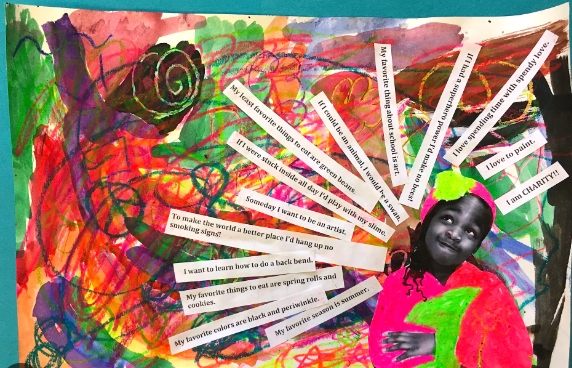Unveiling the Inner Self: Exploring the World of Abstract Self Portraits
Abstract self-portraits are a captivating form of art that allows individuals to express their innermost thoughts and emotions in a unique and creative way.
Reflecting Emotions Through Colors
In abstract self-portraits, colors are used to convey emotions and moods. Bright, vibrant colors may represent happiness and excitement, while dark, muted tones may signify sadness or introspection.
Shapes and Lines as Symbols
Shapes and lines in abstract self-portraits can symbolize various aspects of an individual’s personality or inner self. A jagged line may represent turmoil or chaos, while a smooth curve may signify peace and harmony.
Texture and Depth in Self Portraiture
Texture and depth play a significant role in abstract self-portraits, adding layers of complexity and interest to the artwork. Texture can evoke a sense of touch or tactile sensation, while depth creates a visual illusion of space and perspective.
Exploring Identity and Self-Perception
Abstract self-portraits offer individuals a unique opportunity to explore their identity and self-perception. By creating a visual representation of their inner self, artists can gain a deeper understanding of who they are and how they relate to the world around them.
Breaking Boundaries and Challenging Conventions
Abstract self-portraits break traditional boundaries and challenge conventional notions of portraiture. By using abstract shapes, colors, and textures, artists can create a more subjective and personal interpretation of themselves, free from the constraints of realism.
In conclusion, abstract self-portraiture is a powerful form of artistic expression that allows individuals to delve deep into their inner selves and create unique and thought-provoking works of art. By exploring emotions, shapes, colors, and textures, artists can uncover new insights about themselves and the world they inhabit.



